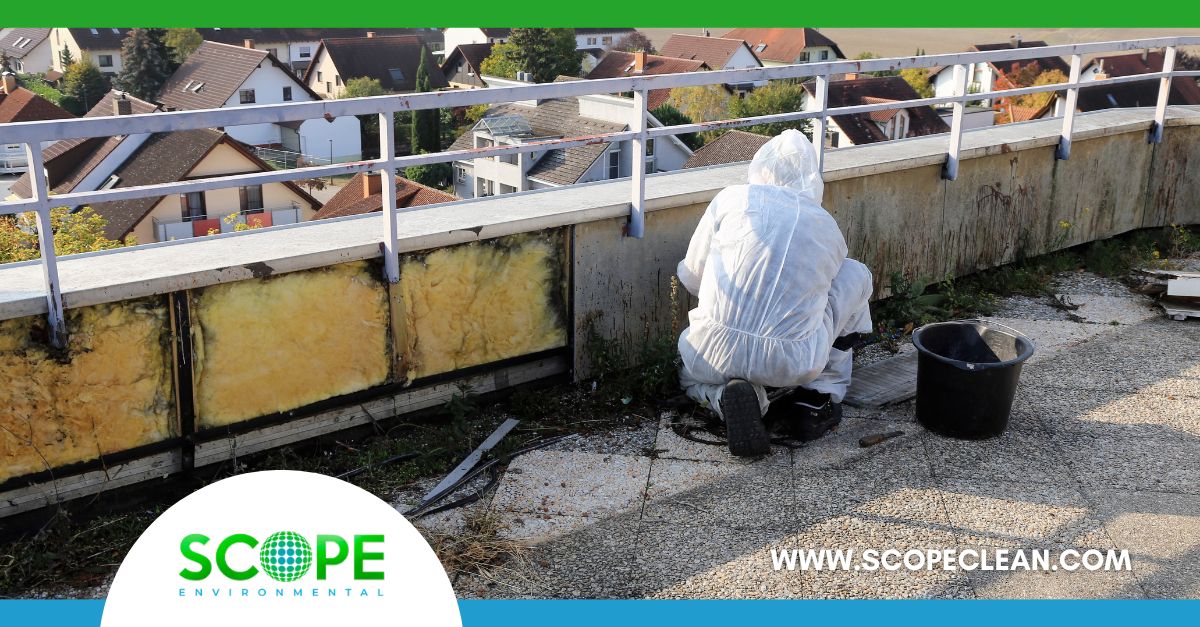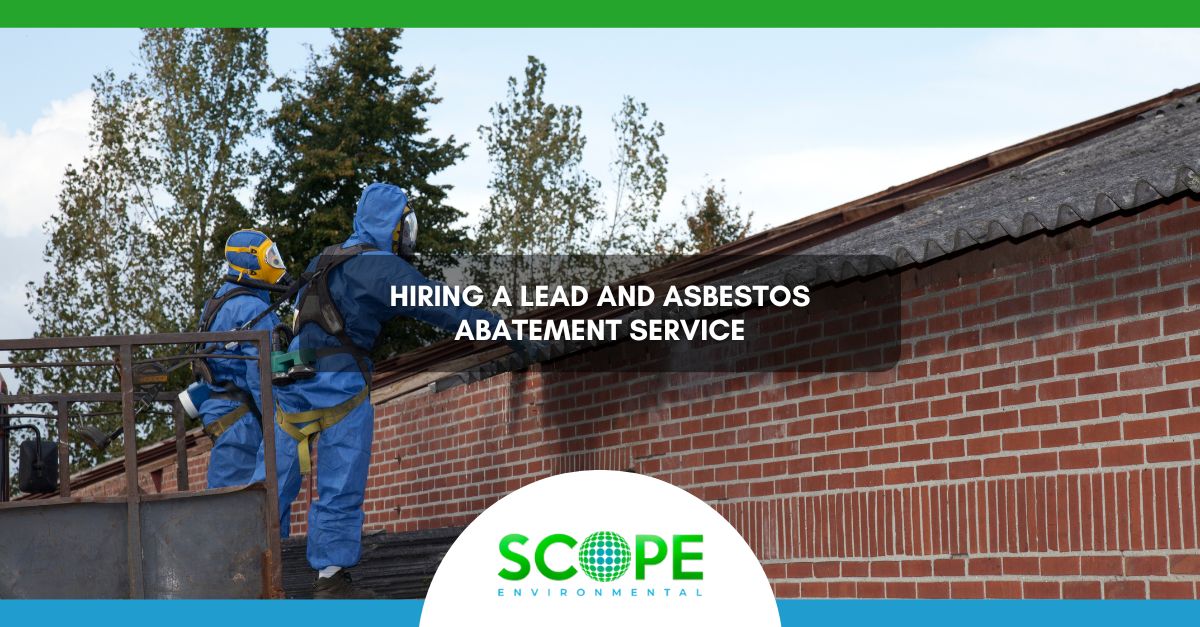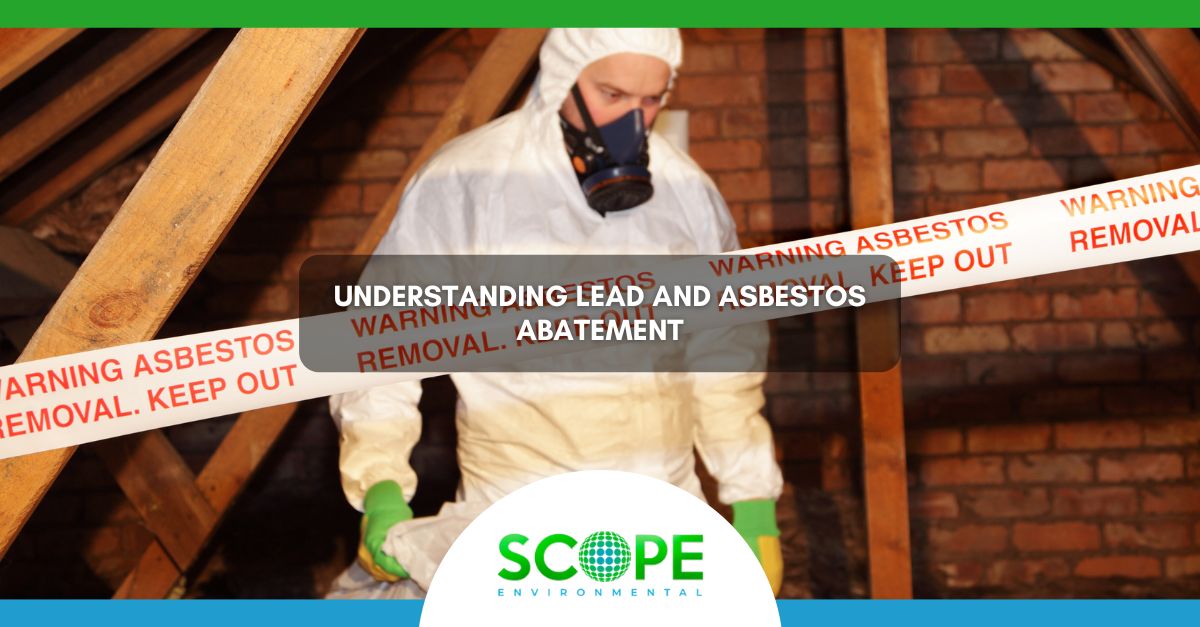There is something majestic and unique to purchasing an older home. If you happen to appreciate the sort of character that comes from construction from a previous era, you may be drawn to buying such a house. Of course, you probably enter this type of real estate transaction knowing that your work may be cut out for you. Yes, there can be an appeal to buying a fixer-upper, provided you have a decent do-it-yourself (DIY) skillset. You can paint walls yourself, install new fixtures, and tackle a handful of other items as well. Certain jobs, though, need to be done by professionals, and this is especially true for lead and asbestos abatement. If you have discovered either lead paint or asbestos insulation on your property, your first urge may be to panic. While it is true that these materials can pose serious hazards to the health of you and the other occupants, you can work with a professional service such as ours at Scope Environmental to have them thoroughly–and safely–removed.
In truth, a home does not even have to be that old to have lead paint in it. In fact, up until about 1978 (when it was banned at the federal level), it was pretty common. Lead paint also isn’t always a problem, and there are many homes where it can exist innocuously under layers of newer paint. It is not until lead paint starts to deteriorate that it can become an issue, as that is when it can enter your respiratory system. Asbestos was also fairly commonly used for a long time as an insulator. Like lead paint, if the asbestos in your home is intact, it is likely not a health risk. Once it begins to crumble and loose asbestos fibers enter the air, it can become a problem. Read on to learn more about how the removal process works for these materials.
How Does Lead and Asbestos Abatement Work?
A service licensed by the Environmental Protection Agency (EPA) will remove lead paint by following a process. They will first remove excess items from the impacted area. They will then wet the painted area before extracting it and placing it in a sealed container. It then has to be brought to a designated dump location. The crew doing this work will wear an ample amount of protective gear to limit exposure.
Asbestos removal will follow a somewhat similar process, in that the affected area will be cleaned and isolated. The removal workers will then turn off the HVAC system and methodically remove the asbestos and any traces of its fibers. Also like lead paint, there are very precise EPA rules about how asbestos can be removed, so it is often a practice best left to professionals.

Work with Us Today
If you suspect you are dealing with lead paint or asbestos in your home, we can help. To arrange for a consultation, give us a call today. You can also head over to our contact page to send us an email.


